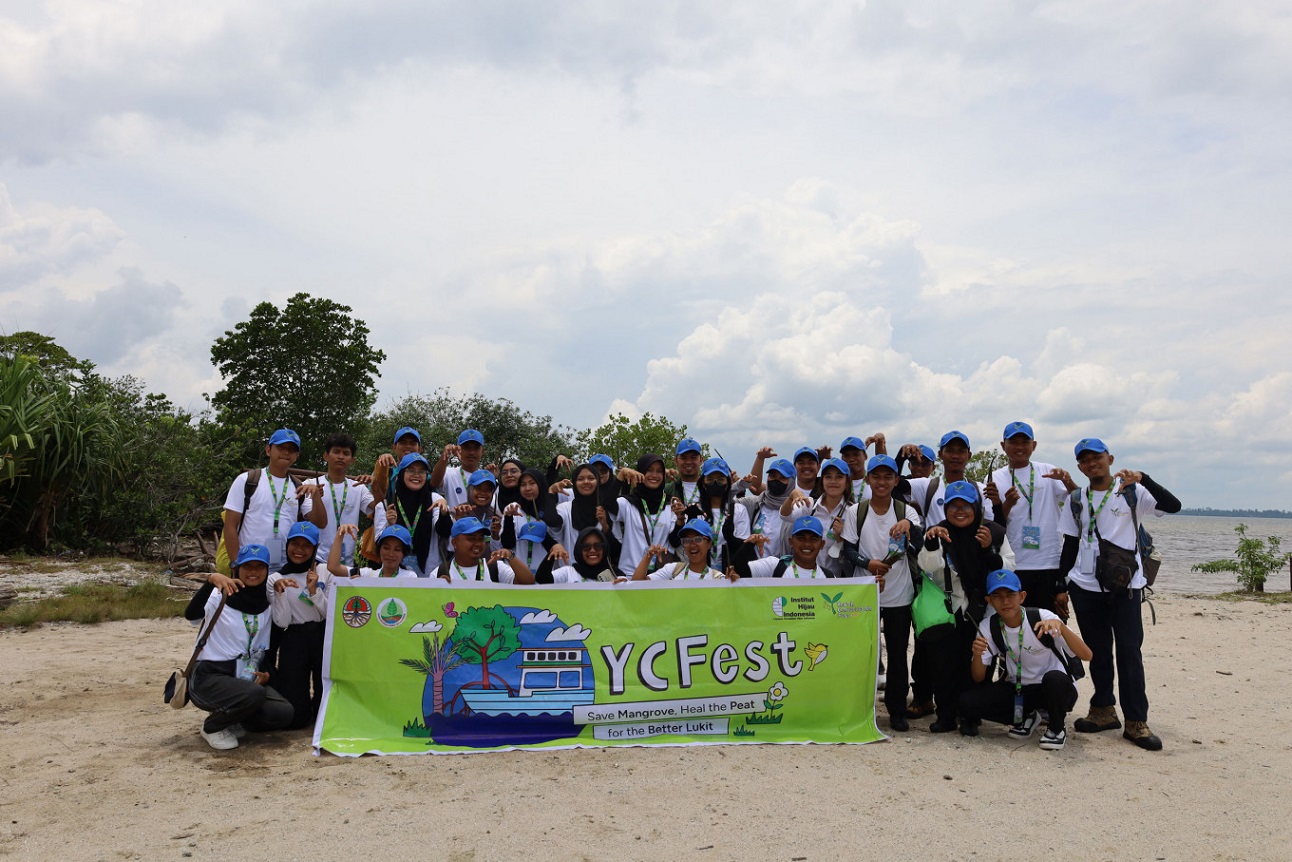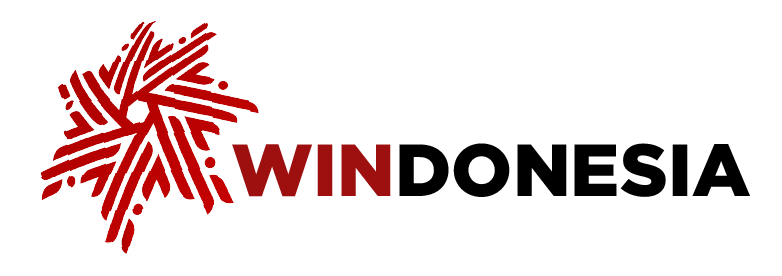News
BRGM’s #YCTrip Engages GLI Youths to Learn About Riau’s Peatlands, Mangroves
Front Row (The Jakarta Post) October 7, 2024 Participants pose on a beach during the Riau edition of the Youth Conservation Trip (#YCTrip), which ran from Sept. 27 to 29, 2024 in Lukit village, Riau province. (Peatland and Mangrove Restoration Agency)
Participants pose on a beach during the Riau edition of the Youth Conservation Trip (#YCTrip), which ran from Sept. 27 to 29, 2024 in Lukit village, Riau province. (Peatland and Mangrove Restoration Agency)
As one of the most important ecosystems on Earth, peatlands are critical in preventing and mitigating the effects of climate change, preserving biodiversity and tackling pollution by absorbing and storing carbon dioxide.
To that end, peat restoration and mangrove rehabilitation is crucial to address the three interrelated planetary crises, which not only impact the natural balance but also humanity’s survival.
Close attention and the involvement of various parties are essential in preserving peat and mangrove ecosystems, and the Peatland and Mangrove Restoration Agency (BRGM) is committed to engaging the younger generation in restoring the function of peatland and mangrove ecosystems through Youth Conservation Fest (#YCFest2024).
An active collaboration between the Environment and Forestry Ministry, the BRGM, and the Indonesian Green Institute, #YCFest2024 is a way to appreciate youths below the age of 30 for the various conservation initiatives they have pioneered.
The BRGM’s collaboration with the Indonesian Green Institute involved the institute’s Green Leadership Indonesia (GLI) initiative and Social Ecology Laboratory Team.
During the event, participants joined the Youth Conservation Trip (#YCTrip) from Sept. 27 to 29 in Lukit Village, Meranti Islands Regency, Riau Province.
Themed “Save Mangroves, Heal Peatlands for a Better Lukit”, the trip aimed to deepen and grow the participants’ knowledge of wetland conservation, particularly as regard peatlands and mangrove forests, and its impacts in improving community welfare.
The participants were divided into several groups to track and complete a series of challenges to better understand the peatland and mangrove ecosystems. They also learned to plant sago palms and mangrove trees to restore peatlands and rehabilitate mangrove forests.
Lukit is one village that has shown enthusiasm and synergy in peatland restoration and conservation through sustainable activities, such as sago planting and mangrove ecotourism development as a community effort, working independently to rehabilitate local mangroves.
Lukit village secretary Muhammad Ali Murtado, who shared the community’s story with the participants of #YCTrip Riau, said the biggest challenge was a massive peatland fire that occurred in 2014.
Peat is highly flammable, so the disaster affected the village’s food supply and disrupted community activities.
“From 2017 to 2019, there was a canal blocking program from the BRGM to hold back the flow of water to ensure the peatland remained wet. This continued in 2020, with the start of sago planting. As of 2024, 135 hectares of peatland have been revegetated. The hope is that these peatland and mangrove restoration activities will run sustainably," Ali said.
The BRGM has now implemented the 3R strategy of Rewetting, Revegetation and Economic Revitalization at Lukit.
Rewetting involves blocking canals and drilling wells to keep wetlands damp to prevent potential fires.
Revegetating wetlands by planting sago was chosen, as these palm species help prevent peatland emissions from both fire and decomposing peat, while sago can be harvested without draining the peatland.
In addition, sago palm has economic value and is useful for revitalizing the local economy. The harvested sago stems are sold for processing further into various derivatives that can be used as raw materials for food products, providing an alternative income source for the community.
According to Nurhaya, treasurer of the Formula Mangrove Forest Farmers Group (KPH Mangrove Formula), rehabilitating a village’s mangroves requires the collective effort of various parties. For example, KPH Mangrove Formula received 60,000 mangrove seedlings in assistance from the BRGM for planting on a 20-hectare area.
“Alhamdulillah [Praise be to God], the seedlings have grown to reach 80 percent [maturity] to a height of 2 to 4 meters. We are very happy with the arrival of young people [as part of #YCTrip] to learn and take part in restoring the mangrove ecosystem,” she said.
“Hopefully, after seeing the conditions in this village, these young people will be moved to maintain the sustainability of the mangrove forest," said Nurhaya.
"Through this mangrove rehabilitation [initiative], our income has been greatly helped through government assistance in planting as well as CSR [community social responsibility programs] in tourism development. In 2023, we tried to launch mangrove dodol [toffee] and alhamdulillah, this product was developed and we were invited to various exhibitions," she added.
Adam, a #YCTrip participant from GLI, said he was impressed by the community’s independent efforts to maintain the peatland ecosystem and manage the mangrove ecosystem in Lukit village.
"After hearing the story from the community, this is a story of extraordinary change. We heard from the local community how the village caught fire in 2015 and 2018, so they had to survive and create other solutions to the fires,” said Adam.
“Thanks to assistance from the BRGM, the KPH and the private sector, the people of Lukit village made an effort to rise up [again]. What was initially a burned village became an independent village [from] the products derived from sago and mangroves," he said.

